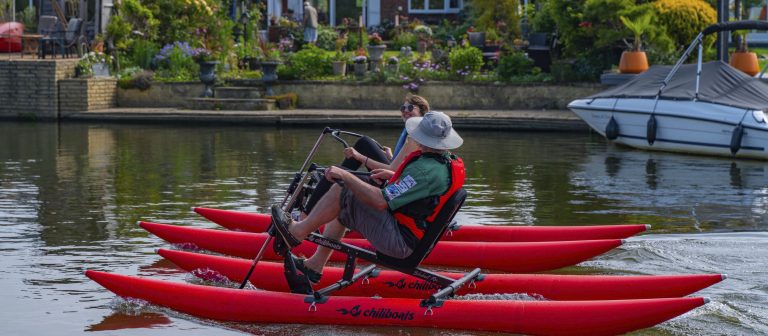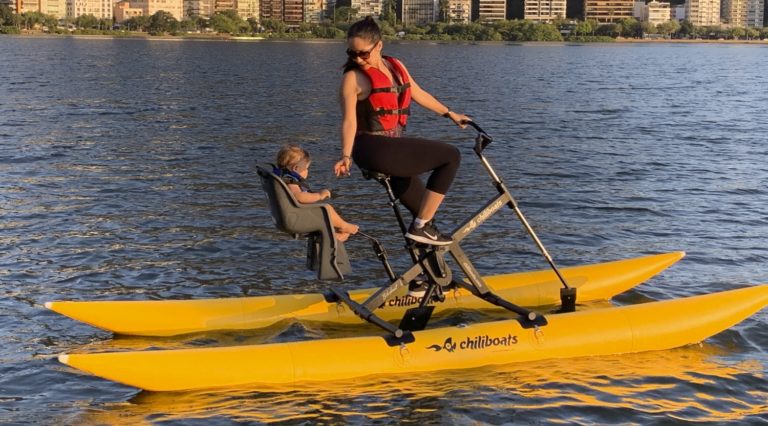Increasingly, the Stand Up Paddle (SUP) is gaining new practitioners. The sport is ideal for crossings and lets you view the place from a new angle. Furthermore, the SUP brings benefits to the practitioner.
The sport, which combines paddle and surfing, requires balance and strength of those who practices. This aerobic exercise burns a lot of calories, and still works abdomen, legs and arms. SUP requires not only balance but also concentration, points Ângelo Coutinho, teacher of the “Academia da Praia” and practitioner. The exercise is to remain balanced on a surfboard and to paddle while crossing or catching a wave, like traditional surfing. The SUP crossing is easier than the traditional and burns about 500 calories per hour, being an ally to keep fit.
A common belief among practitioners of SUP is that the sport helps to forget the problems of everyday life, allows the contact with nature, is a great opportunity to enjoy a sunny day with friends, besides being a great way to spend time to yourself.
The physiotherapist Ricardo Barbosa Caixeta, a specialist in the area, pointed how the practice of Stand Up Paddle can improve physical and mental health:
1 – Muscle Definition
The SUP basically works all muscle groups of the body. During the sport, we use the upper limbs (arms and trunk), lower limbs (legs) and brain (cortex) – which is the most important. Cortex is required all the time, since it is responsible for balance and coordination because arms, legs and abdomen are used at the same time. Arms are needed for paddling, legs to allow mobility with flexion of hips and knees simultaneously, providing a more comfortable and effective position for the practice. The abdomen stabilizes the whole body to balance on the board.
2 – Posture
When SUP is practiced with proper posture (back straight, legs slightly bent and contracted abdomen) can prevent possible injury and even can improve posture in the long run because the abdomen is primarily responsible for preserving the lumbar spine. SUP also works the pectoral and back muscles.
3 – Cardiovascular System
When practicing the SUP, blood flow increases, and therefore heart rate and respiratory rate are changed. Thus, it is possible to work the cardiovascular system, preventing large dysfunctions.
4 – Motor Coordination
The responsible part for coordination is the cerebral cortex. In order to obtain a more effective transportation with less energy expense, it is necessary to associate legs, trunk and arms and, at the same time, use different muscle groups situated in all the body. Therefore, the SUP is ideal for improving coordination.
5 – Mind
Beyond the physical benefits mentioned above, the SUP is a great therapy for mind. Endorphins and serotonin are released while practicing, causing a sense of well being and happiness, which in the long term offers something very important: quality of life! 😉









